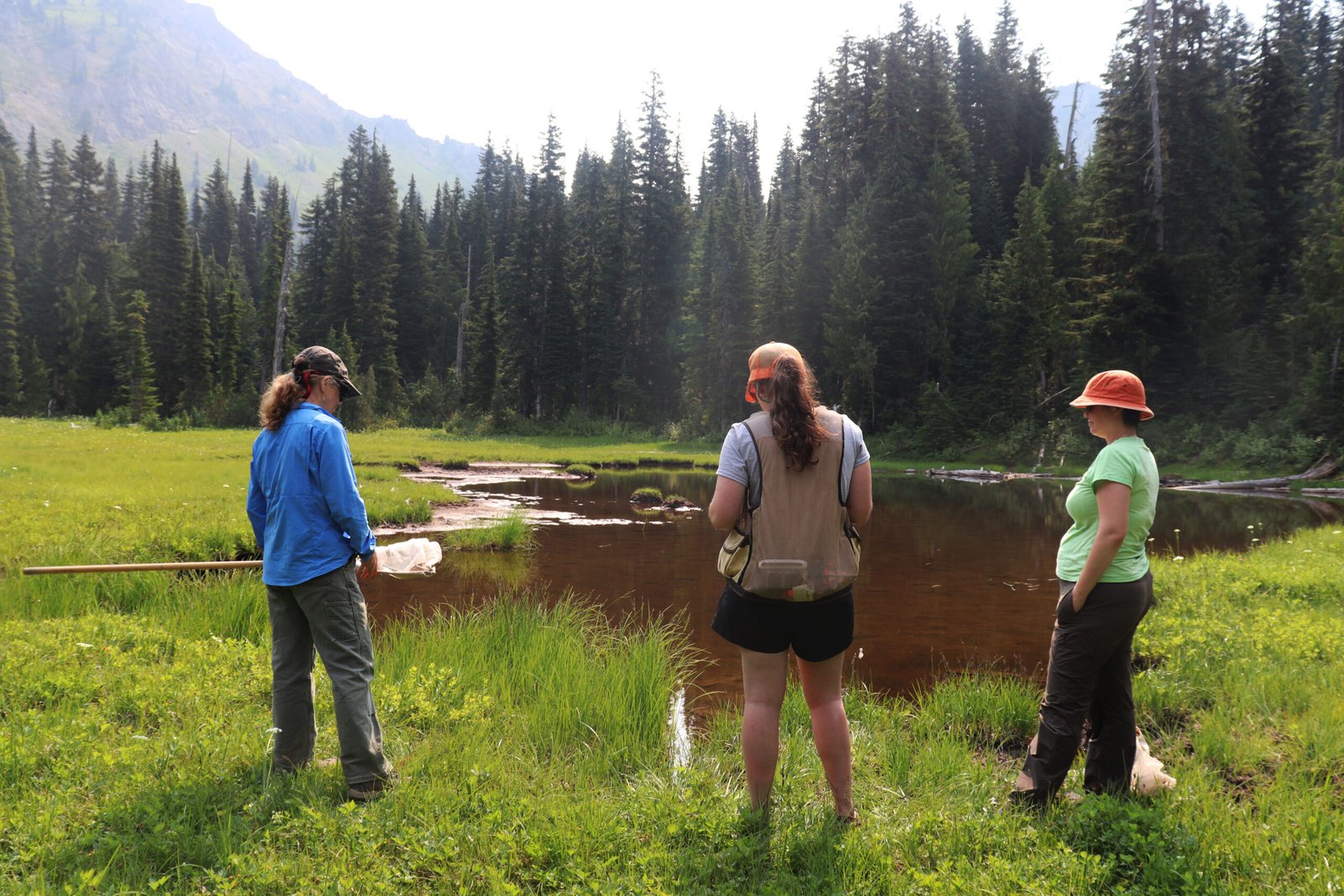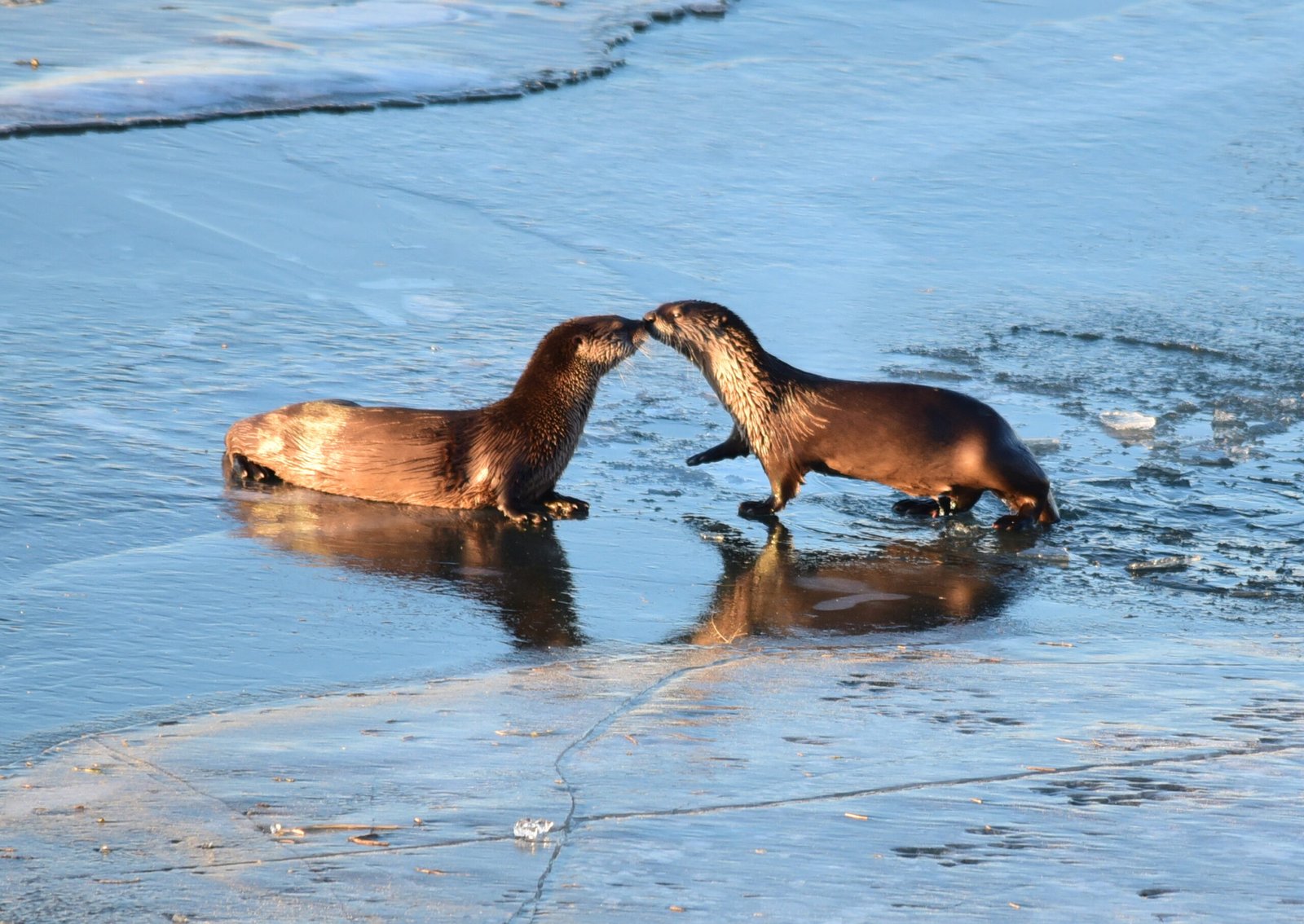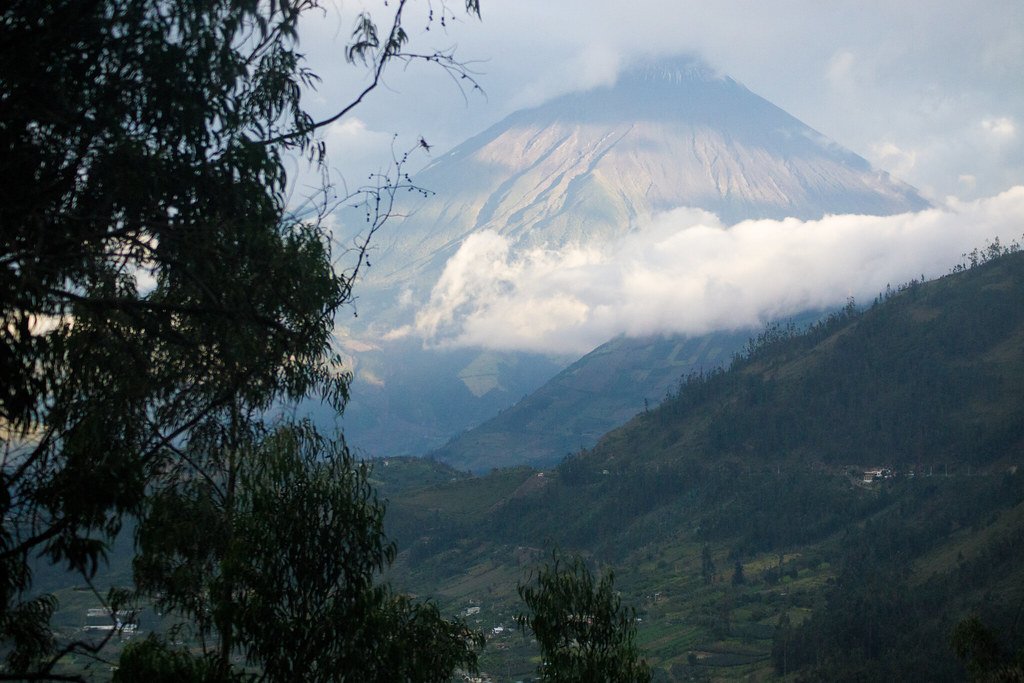Imagine wandering along a misty river at dawn, your breath catching in the cold air, and suddenly, a sleek shadow darts across the water—it’s an otter, a creature once so rare it felt almost mythical. Not long ago, these playful mammals had all but vanished from many of our rivers, leaving only whispers and paw prints in the mud. Their story is one of heartbreak, hope, and resilience—a testament to nature’s ability to rebound when given a fighting chance. Today, otters are returning, and their comeback is nothing short of inspiring.
The Vanishing Act: Otters Fade from Sight
For decades, otters were slipping away into memory. By the mid-20th century, rivers across Europe and North America were eerily silent, the joyful splashing of these aquatic mammals replaced by pollution and human encroachment. Agricultural chemicals, especially organochlorine pesticides like DDT, poisoned waterways, while relentless hunting for fur further decimated populations. Many people went their whole lives without spotting an otter, their presence reduced to folklore and fleeting tracks in the mud. Their absence was a warning sign, a silent alarm that our rivers were in serious trouble.
Understanding the Otter: More Than Just a Cute Face
Otters captivate us with their playful antics—sliding down muddy banks, juggling pebbles, and floating on their backs. But beneath this charm lies a highly specialized predator, perfectly adapted for life in water. Their dense, waterproof fur keeps them warm, while webbed feet and powerful tails propel them through rivers at surprising speeds. Otters are also top predators, meaning their survival is tied closely to the health of the entire river ecosystem. When otters thrive, it’s a sign that the river is vibrant and alive.
Pollution: The Silent Killer

The decline of otters was a direct result of the toxic cocktail poured into rivers during the 20th century. Pesticides, heavy metals, and untreated sewage wiped out fish populations—the otter’s main food source—and weakened otters themselves, making them susceptible to disease and reproductive failure. The water’s surface might have looked calm, but beneath it, a battle for survival was raging. It took decades for the true extent of the damage to become clear, but by then, otter numbers had plummeted.
Hunting and the Fur Trade: A Deadly Pursuit
Long prized for their luxurious pelts, otters were hunted relentlessly in many countries. Their soft, warm fur was fashioned into coats, hats, and gloves, fueling a trade that pushed some species to the brink. Even as hunting regulations tightened, illegal trapping persisted, further threatening already fragile populations. The loss of one otter didn’t just mean the loss of an individual; it disrupted entire family groups and breeding territories, making recovery even harder.
Legal Protection: Turning the Tide
Everything began to change when governments started to take action. In the 1970s and 1980s, otters gained legal protection in many countries, making it illegal to hunt or trap them. Conservationists worked tirelessly to enforce these laws, while advocacy groups raised public awareness about the otter’s plight. These protections laid the foundation for recovery, but legal measures alone weren’t enough—habitats had to be restored, and rivers cleaned up.
Cleaning Up Our Rivers: A New Beginning

Perhaps the most critical step in the otter’s comeback was the gradual restoration of their habitats. Efforts to reduce water pollution, ban harmful pesticides, and improve sewage treatment paid off in tangible ways. Fish populations rebounded, and the rivers became safer for otters to return. Community clean-up campaigns, stricter environmental regulations, and the replanting of native vegetation all contributed to healthier riverbanks, turning these once-toxic waterways into thriving ecosystems again.
Scientific Monitoring: Tracking the Return
Scientists didn’t just hope for otters to return—they watched for them, setting up camera traps, tracking footprints, and collecting DNA from scat. These efforts revealed a slow but steady resurgence. Otters began to recolonize former territories, sometimes traveling incredible distances to find new homes. In some regions, populations doubled or even tripled within a decade. This data-driven approach ensured that conservation efforts could be tweaked and targeted where they were needed most.
Reintroduction Projects: Giving Nature a Helping Hand
In places where otters had disappeared completely, conservationists took bold steps. Captive-bred otters and carefully relocated wild individuals were released into suitable habitats. Each release was a gamble—would the otters adapt, find food, and start breeding? In many cases, the answer was a resounding yes. These reintroductions not only restored lost populations but also inspired local communities and brought new attention to the importance of river conservation.
Otters as Ecosystem Engineers
Otters aren’t just passengers in their ecosystem—they’re shapers of it. Their hunting keeps fish and invertebrate populations in balance, preventing any one species from dominating. By digging for food and creating dens, they shape riverbanks and create habitats for other animals, from frogs to kingfishers. In short, otters play a crucial role in maintaining the delicate web of life along our waterways. Their return signals a broader restoration, benefiting countless other species.
The Human Connection: Otters in Our Culture

Throughout history, otters have held a special place in human imagination. From ancient myths to children’s stories, they symbolize curiosity, playfulness, and adaptability. Seeing an otter in the wild today is more than a wildlife sighting—it’s a moment of awe, a glimpse into nature’s resilience. For many people, the otter’s return rekindles a sense of wonder and responsibility for the natural world.
Challenges That Remain: Not Out of the Woods Yet
Despite their remarkable comeback, otters still face threats. Modern challenges include habitat fragmentation, accidental deaths in fishing gear, and pollution from new sources like microplastics and pharmaceuticals. Climate change is also altering river flows and food availability. Conservationists are working harder than ever to address these issues, but the battle is far from over. The otter’s story reminds us that even successful recoveries need constant vigilance.
Otters Around the World: A Global Perspective
While the European and North American otter populations are making strides, not all species are so lucky. In Asia and Africa, otters face severe pressures from habitat loss and illegal trade, especially the coveted Asian small-clawed otter. International efforts, such as CITES protections and community-based conservation, are vital to prevent these species from slipping into extinction. The otter’s story is a global one, with victories and setbacks unfolding across continents.
Citizen Science: Everyone Can Make a Difference

One of the most inspiring aspects of the otter’s recovery is the role played by ordinary people. From reporting sightings to participating in river clean-ups, citizen scientists have become the otter’s eyes and ears. Apps and online platforms allow people to submit photos, track populations, and even help identify threats. This grassroots involvement makes conservation personal and fosters a sense of shared responsibility.
Education and Outreach: Inspiring the Next Generation

Educational programs in schools, nature reserves, and online platforms are spreading the word about otters and river health. Children learn to identify otter tracks, build artificial holts, and understand the importance of clean water. Outreach campaigns use everything from art contests to interactive exhibits, making conservation fun and accessible. By engaging young minds, we’re planting the seeds for future environmental stewardship.
Economic Benefits: Nature’s Ripple Effect
Healthy otter populations aren’t just good news for nature—they can also boost local economies. Wildlife tourism, such as guided otter-spotting tours, attracts visitors and supports jobs in rural areas. Clean rivers mean better fishing, safer recreation, and higher property values. In this way, otters create a ripple effect, benefiting both nature and people in unexpected ways.
Conservation Success Stories: Local Heroes

Across the globe, local groups have become champions for otters. In the UK, the Otter Trust played a key role in early reintroductions, while in the United States, river conservation groups have restored habitats in the Pacific Northwest. In India, community-led river clean-ups have made a real difference for the smooth-coated otter. These stories prove that dedicated individuals and small organizations can drive big change.
Otters and Climate Change: New Frontiers of Adaptation
As weather patterns shift, otters face new challenges. Floods can destroy dens, while droughts reduce fish stocks. Scientists are studying how otters adapt, tracking changes in their diet and movements. Some otter populations are even expanding their range northward as warming temperatures open up new habitats. Their adaptability offers hope, but also underscores the need for flexible, forward-thinking conservation strategies.
The Power of Storytelling: Otters as Ambassadors
Stories about otter comebacks capture our imagination and inspire action. From documentaries to social media, sharing these successes motivates people to care about rivers and wildlife. Otters, with their curious faces and mischievous behaviors, make perfect ambassadors for conservation. By telling their stories, we remind ourselves of what’s possible when people and nature work together.
Simple Steps: What You Can Do to Help Otters

You don’t need to be a scientist or conservationist to make a difference for otters. Simple actions—like using fewer chemicals in your garden, supporting river-friendly products, or volunteering for a local clean-up—can have a real impact. Even spreading the word and sharing otter sightings helps conservationists track populations. Every small effort adds up, turning hope into reality for these remarkable animals.
A Ripple of Hope: The Otter’s Enduring Legacy
The return of otters to our rivers is a story of hope, resilience, and the power of collective action. It’s a reminder that nature can heal when given a chance and that even the most elusive creatures can find their way back. The next time you walk along a riverbank, keep your eyes open—you just might glimpse the joyful slide of an otter, a living symbol of recovery. What would you do to help bring a little wild magic back to your own backyard?



